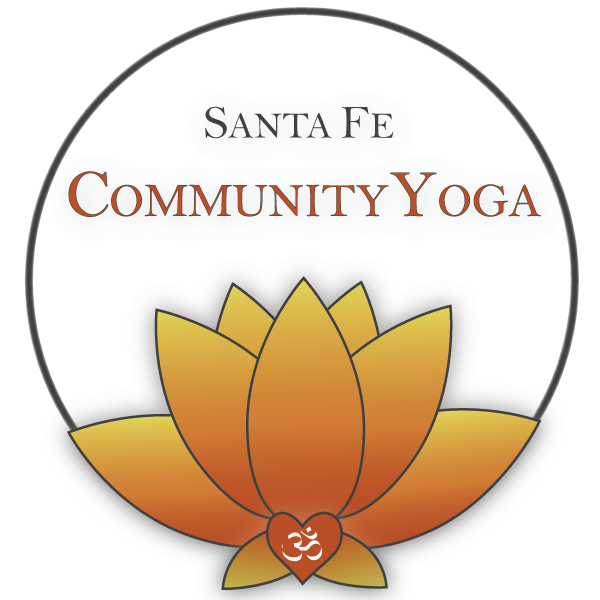Blog post by Eliza Skye
“When you are able to shift your inner awareness to how you can serve others, and when you make this the central focus of your life, you will then be in a position to know true miracles in your progress toward prosperity.” -Wayne W. Dyer
When we talk about prosperity, it is natural to think of wealth and the accumulation of objects that we desire. However, in yoga, prosperity is the control of shakti, the energy of consciousness. Prosperity and wealth isn’t about possessing anything. It is the steady flow of energy and prana. Wherever the mind goes, prana goes, so it is good to check in with your mind. Are you dwelling on what you are lacking? In that case, energy goes to the idea of lacking or not having enough. If the mind is fixated on an object, whether it’s a particular possession such as a car or nice clothes or simply the idea of having money, there is a good chance the energy will go there. However, none of those things inherently bring happiness or authentic prosperity. Prosperity feels most at home in a generous heart, so the more you give selflessly, the more you will receive naturally. This is the steady flow of energy. It is only by emptying the cup that one can fill it.
Pose: Vajrasana (Diamond/Thunderbolt Pose)
This sitting pose is perfect for an asana practice, as well as seated meditation. It is often used as a transitional pose for many of our floor postures and flows, but it can be practiced with mindfulness just like other more technically challenging asanas. This pose stimulates the vajra nadi, which helps aid in digestion. It can even be practiced immediately after eating and help to move food through the body. Due to compression in the knees, the flow of blood collects in the base of the torso, which helps flood the internal organs (such as the stomach, liver and reproductive organs) with extra oxygen and energy. Vajrasana also stretches the ankles and knees, though it may be too much for some people, so props are always an option. Sitting with good posture can help to alleviate sciatica, open the chest and promote proper alignment of the cervical spine (neck). Feel the balance of the energetic channels in the body and let the prana flow steadily.
Mudra: Kubera Mudra
All mudras (or hastas) are hand positions that help to bring about certain focuses to the body or the mind. Kubera Mudra is for the fulfillment of desires, or the mudra of intention. It doesn’t matter how long the mudra is practiced for - it is the intensity of the focus of the mind that determines how effective Kubera Mudra is. It can be very effectively practiced when setting an intention before a class, before the start of a project, or at any time of new beginnings. The three fingers coming together represent the different choices one must make in order to find the best path toward whatever goal is desired. The mudra intensifies whatever the mind is fixated on, which is why it is very important to be clear about what you desire before you take this hand positioning. Otherwise, there can be increased strength directed toward a distraction rather than something that will truly serve you.
Visual Focus: Tree of Life
The Tree of Life is another sacred geometry symbol that is found all throughout the world in many different traditions. The Tree of Life symbol does not have one central focus, but two. This connects with the idea of the soul’s separation from the divine source, as well as the Darwinian model of competition/separation from other human beings. The tree of life also speaks to the idea of the duality between “good” and “evil”. Some say the Tree of Life also has a “bad” counterpart, which is the Tree of Knowledge. This can be seen in story of Adam and Eve - the Tree of Life is the abundant garden and the Tree of Knowledge is what allowed humans to fall from their divine spiritual nature. However, when we look at the Tree of Life, it is simply a part of a larger image (which we are working toward this year!), so while we imagine duality exists, it is simply an incomplete picture of the whole of creation. It is our human experience, which is only a small portion of our spiritual experience.



